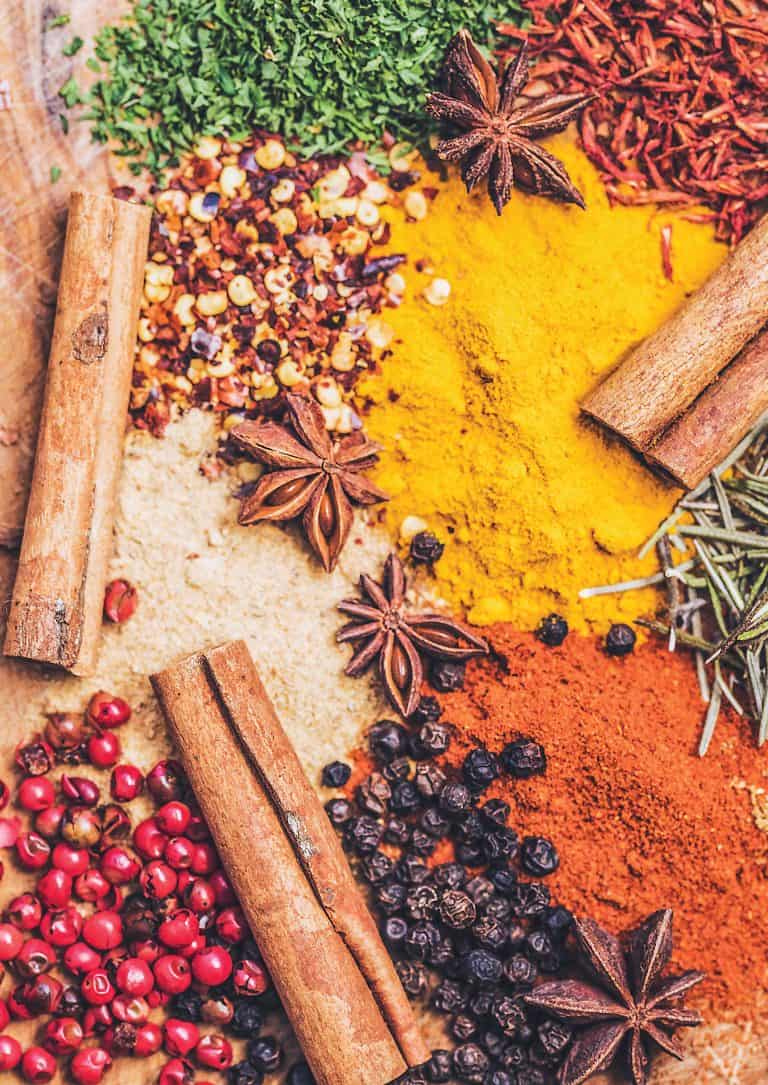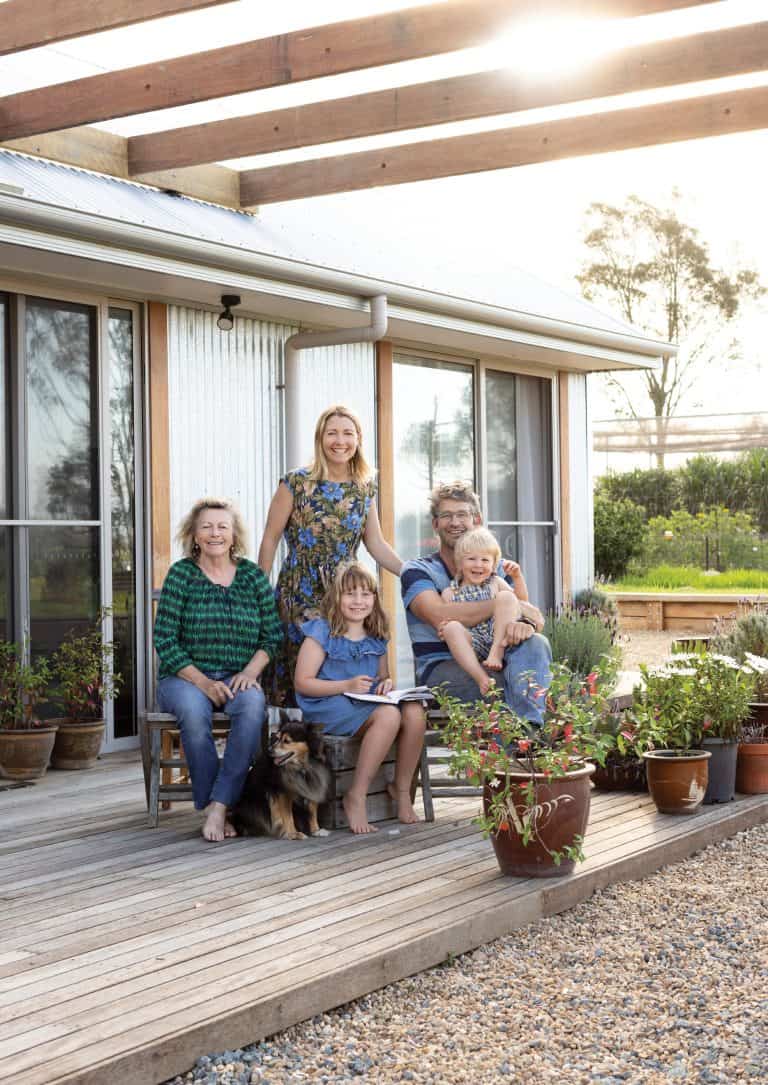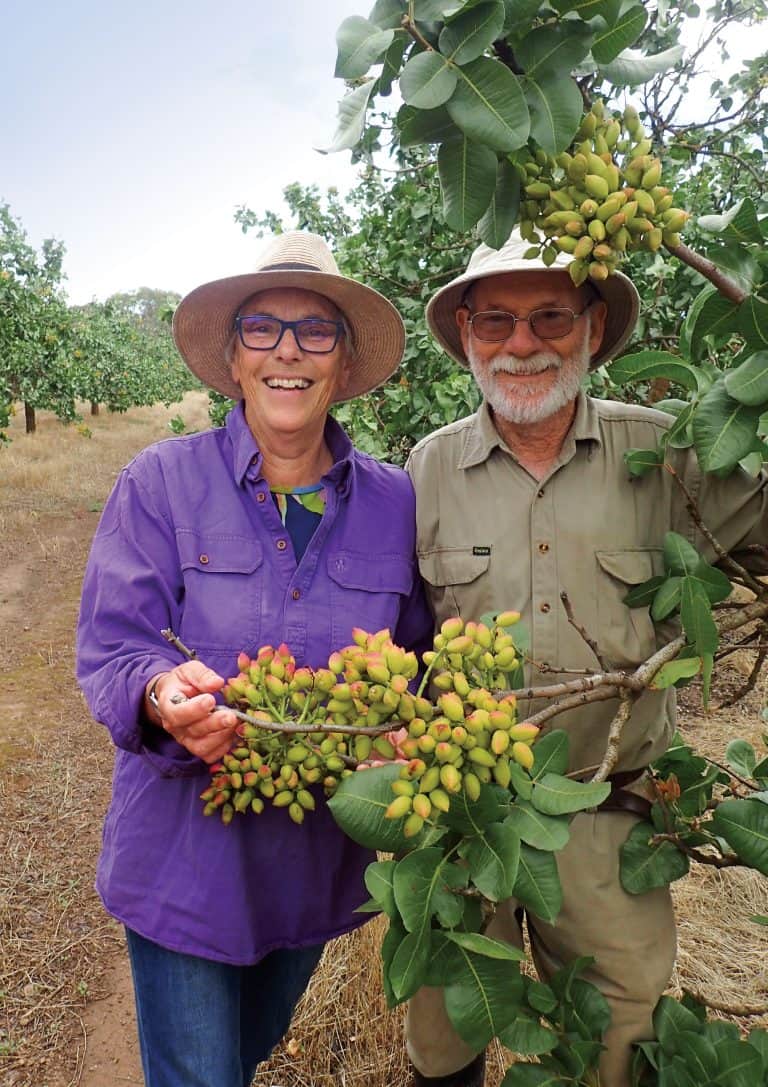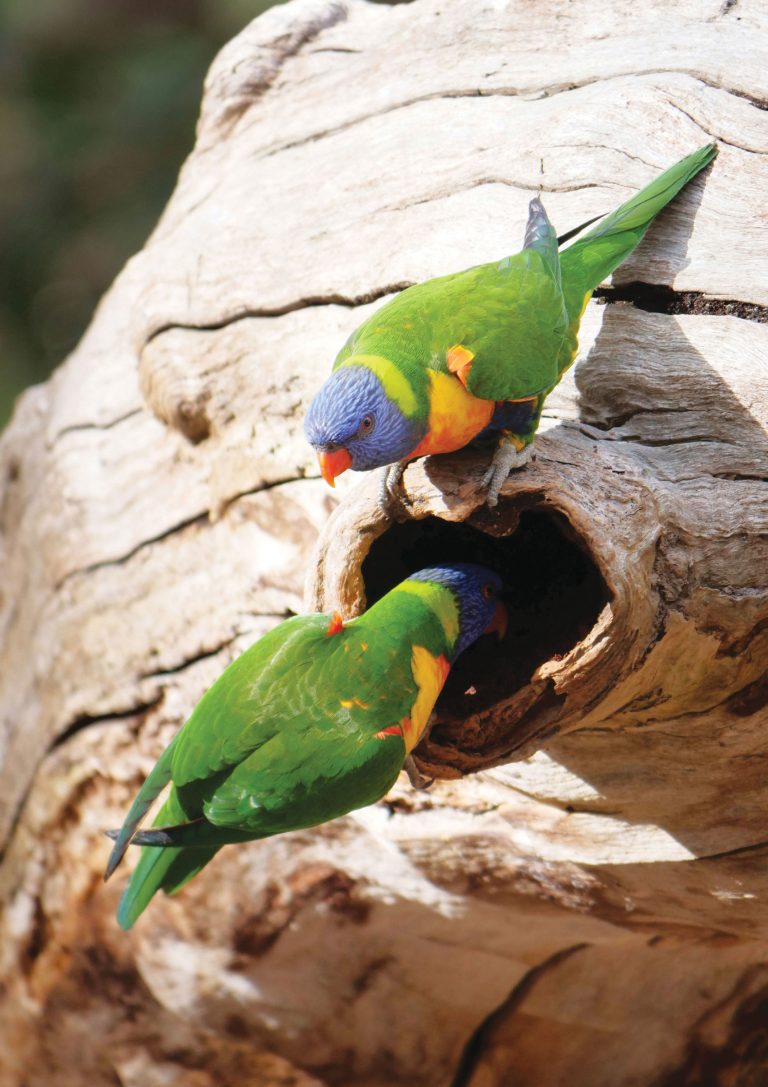Issue 31 Flipbook
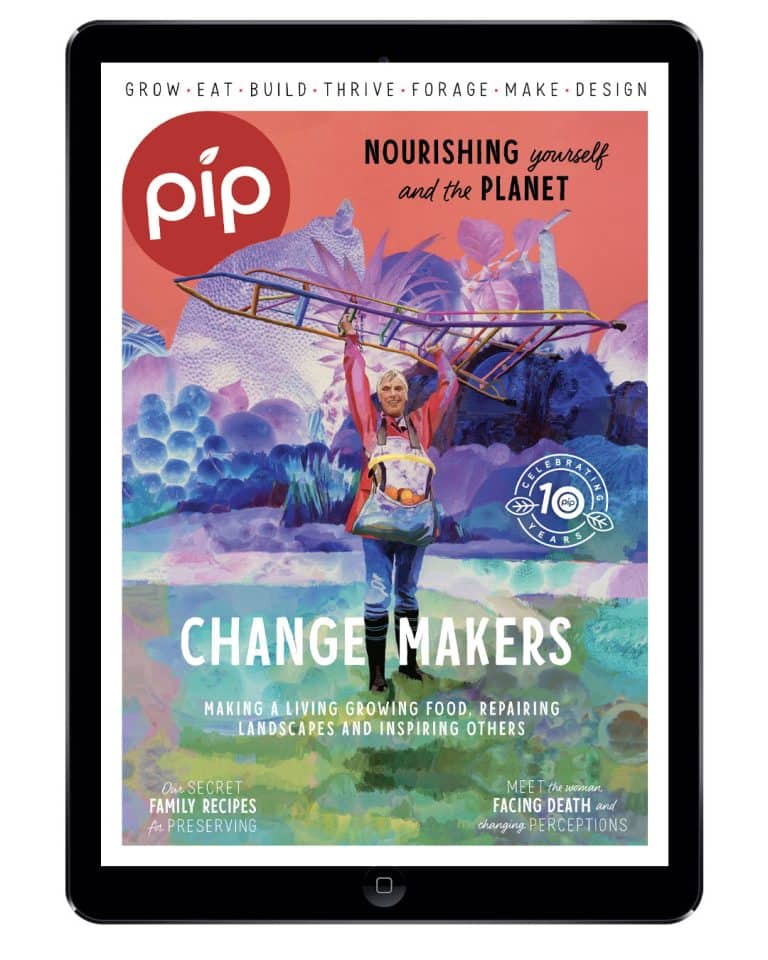
Pip’s Issue 31 is packed full of inspiration and information on a diverse range of earth-conscious topics.
Hannah Maloney takes us to the South Australian farm that kickstarted her love of permaculture, learn how to attract native birds to your garden using native plants and hear how a woman is confronting death head-on using family, friends, love and colour.
We dig down into getting the best from your root vegetable crops this autumn and look at the pros and cons of the various ways to keep your patch hydrated. We’ll show you how spices can add warmth and complexity to your favourite desserts and look at the decades-old preserving recipes that have stood the tests of time.
As well as our regular pieces on foraging, seed saving and reducing waste, you’ll tour a sustainably built house that’s home to a family practising intergenerational living and learn how to breathe new life into old furniture.




